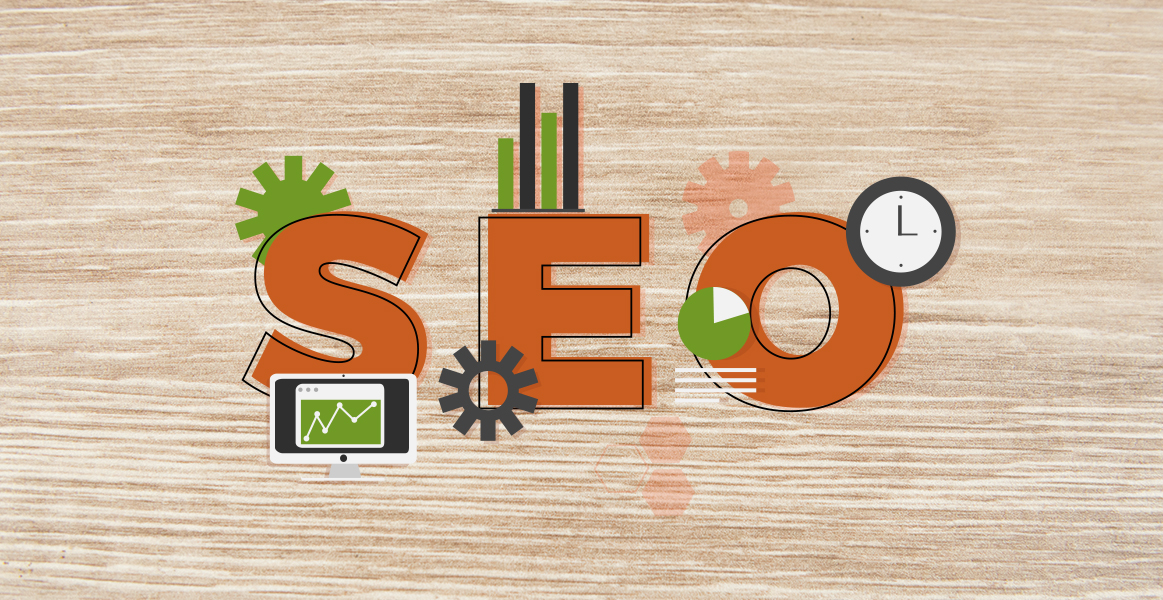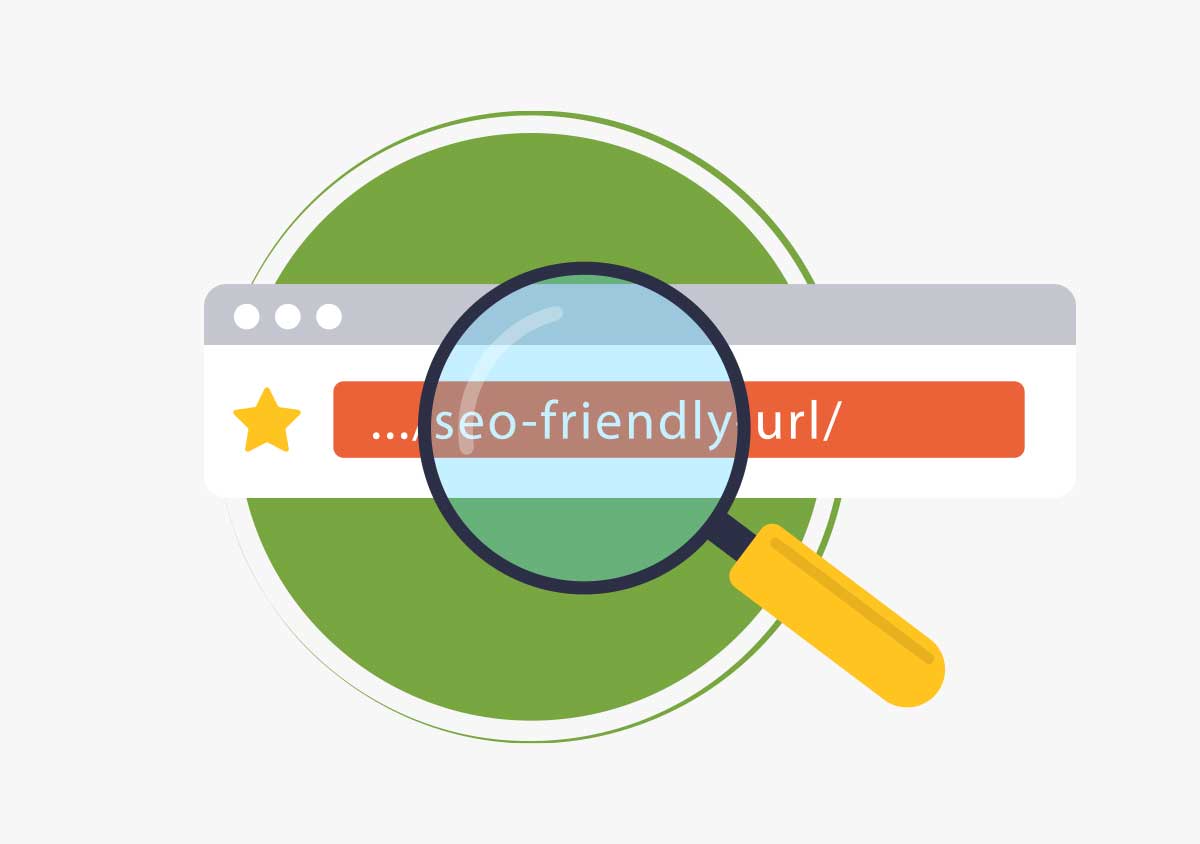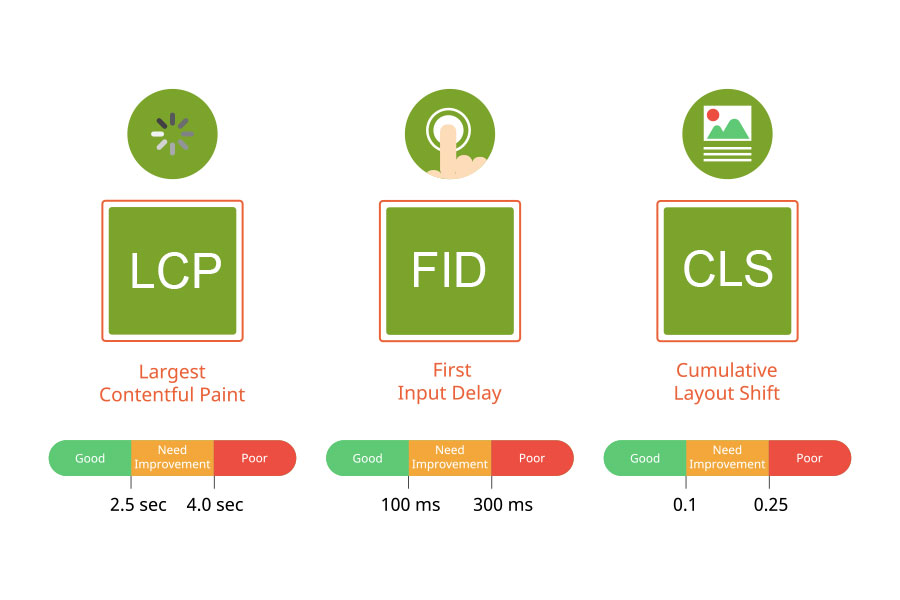Introduction: Why Matching Search Intent Matters More Than Ever
Picture this: You’re starving. You Google “best pizza near me.”
Now imagine clicking a top result and instead of a delicious pizza menu...you get a long essay about the history of tomatoes.
Ugh. You hit the back button.
That’s exactly what happens when your content doesn’t match search intent.
If you don’t give people what they came for (and fast), they bounce quicker than you can say “extra cheese.”
And trust me—Google is watching who sticks around and who bolts.
Matching search intent isn’t just a best practice anymore—it’s the difference between ranking high... or being buried under page 10 where even your mom won’t find you.
In this article, we’ll explore:
- What search intent is
- The four types of search intent
- How to identify and match intent correctly
- Common mistakes to avoid
- Actionable tips to improve your SEO strategy
Let’s dive in.

What Is Search Intent?
Search intent (also called “user intent”) is the real reason behind a search query.
It’s what the person wants to find, learn, or buy.
Here’s the thing:
Not every search is created equal. Some people wanna learn. Some wanna buy. Some just wanna settle an argument at 2 AM about whether an octopus is a fish (spoiler: it’s not).
The Four Main Types of Search Intent:
- Informational: “How to make sourdough bread” (They wanna learn.)
Best content format:
How-to guides
Tutorials
Definitions
- Navigational: “Facebook login page” (They’re headed somewhere specific.)
Best content format:
- Clear landing pages
- Quick, direct links
- Transactional: “Buy running shoes online” (They’re ready to whip out the credit card.)
Best content format:
Product pages
Service pages
Checkout-ready landing pages
- Commercial Investigation: “Best laptops under $1000” (They’re shopping around but not sold yet.)
Best content format:
Comparison articles
Product reviews
Buyer’s guides
If you treat an “I’m ready to buy” search like a “tell me everything about laptops since 1995” one...well, you’ll lose faster than a Wi-Fi signal during a storm.

Why Search Intent is Your Golden Ticket to Ranking
Let’s get serious (but not too serious).
Google’s job is simple: Give people exactly what they want.
If you help Google do that, it rewards you with rankings, traffic, and lots of happy visitors.
If you don’t? You’re just another ghost town on the internet highway.
Google’s algorithms are scary good at sniffing out intent these days, as they are designed to prioritise pages that best meet a user's query.
According to a 2023 Search Engine Journal report, pages matching user intent have a 37% higher chance of landing on page one.
Here’s why it matters:
- Higher Rankings: Google's AI (such as RankBrain) measures how well a page satisfies the user.
- Lower Bounce Rates: Satisfied visitors stay longer and engage more.
- Increased Conversions: Giving users exactly what they want naturally leads to more sales, sign-ups, or shares.
- Improved User Experience: Delivering the right content enhances brand trust and loyalty.
According to Backlinko’s 2023 SEO study, user experience signals like dwell time and bounce rate strongly correlate with higher Google rankings.
👉 Bottom line: If your content doesn’t match intent, it won’t rank. Period.

Examples: Right vs. Wrong Way to Match Intent
Let's say the search query is: "best vegan protein powders."
WRONG Way:
You write a detailed 2,000-word article about the benefits of vegan diets, with a tiny blurb at the bottom listing 3 protein powders.
😬 Result: Readers (and Google) peace out.
Right Way:
A clear, skimmable list of top vegan protein powders, complete with:
- Mini-reviews
- Price ranges
- Pros and cons
- Links to buy
🙌 Result: Readers find exactly what they came for, stick around, click, maybe even share it with their gym buddies.
Moral of the story: Don’t play hard to get with your info. Give it to them straight, like a good friend would.

How to Nail Search Intent Every Single Time
Alright, you get it. Intent matters. But now you’re wondering, “How the heck do I figure out the intent?”
Here’s the game plan:
1. Analyze the SERPs First
Before writing a single word, Google the keyword.
What’s showing up on page one?
- Are they blogs? (Informational)
- Are they product pages? (Transactional)
- Are they comparison articles? (Commercial investigation)
📚 Pro Tip: If the top 5 results are listicles...guess what? You should probably write a listicle too.
2. Spy on the Formatting
Not just what they’re saying, but how they’re saying it.
Is it long-form or short-form?
Are there bullet points, step-by-step instructions, or product comparisons?
Are visuals like charts, images, and videos heavily used?
Mimic what’s working—but do it better. Add a sprinkle of your own spice.
3. Answer Questions Quickly
Nobody’s gonna dig through 19 paragraphs to find the answer to “Can cats eat strawberries?”
Answer the main question early, then expand if needed.
👉 Rule of thumb: Serve the steak first, then the side dishes.
4. Use Clear, Honest Titles
Clickbait is dead, folks.
If your title says “10 Best Budget Cameras,” and then you’re talking about high-end $4000 cameras...guess what?
Readers will revolt. Google will notice. Karma will get you.

Common Search Intent Mistakes (And How to Dodge ‘Em)
Here’s where folks often wipe out:
- Assuming instead of checking search intent
- Writing for yourself, not your reader
- Overloading with unnecessary background info
- Under-delivering on what the title promises
If you remember nothing else, remember this: The faster and clearer you satisfy the searcher, the more Google will love you.

FAQs About Matching Search Intent
Q1. How do I know if I matched the right search intent?
Simple:
- Check your bounce rate and average time on page.
- If people stay and engage (clicking other links, reading more), you nailed it.
- If they bounce faster than a rubber ball, you probably missed the mark.
Q2. Can a page satisfy more than one type of intent?
Kind of, but it’s tricky.
It’s best to focus mainly on one intent per page.
Otherwise, you’re trying to please everyone...and end up pleasing no one.
Q3. Should I rewrite old content if it doesn’t match search intent?
Absolutely.
Refreshing and realigning your old content can seriously boost your rankings.
Think of it like giving your dusty, outdated MySpace page a glow-up for 2025.
Q4. Is search intent more important than keywords?
They’re like peanut butter and jelly—you need both.
But if you had to pick just one? Intent wins.
Because stuffing keywords without solving the reader’s problem is like wrapping a rotten apple in fancy paper. No thanks.
In a Nutshell...
Matching search intent isn’t just SEO nerd-talk anymore.
It’s survival. It’s how you connect with real humans, not just robots.
When you understand what your audience truly wants and deliver it quickly, you win:
- Better rankings ✅
- Happier readers ✅
- More conversions ✅
So next time you sit down to write, don’t just think, “What keywords am I targeting?”
Think, “What does my reader want right now?”
And give it to them faster than you can say "click."
Quick Recap Checklist ✅
- Google your keyword first
- Study the top results
- Match both content and format
- Answer the main question upfront
- Keep it easy, skimmable, and satisfying
Because if you don’t match search intent...
You’re just another sad, lonely website at the bottom of the search results.
And nobody wants to be that guy.
Conclusion: Make Search Intent the Center of Your SEO Strategy
In 2025 and beyond, matching search intent is not optional if you want to succeed in SEO.
When you:
- Understand your users
- Analyse what already works
- Deliver content that meets the searcher's expectations
You build better trust, improve user experience, and increase your chances of ranking higher.
Remember, Google’s main goal is to serve users the best answers possible.
If you help Google achieve that, you will be rewarded.
Before you create your next piece of content, always ask:
“What is the user really looking for, and how can I give it to them quickly and effectively?”
Stay aligned with search intent — and your SEO efforts will pay off.











